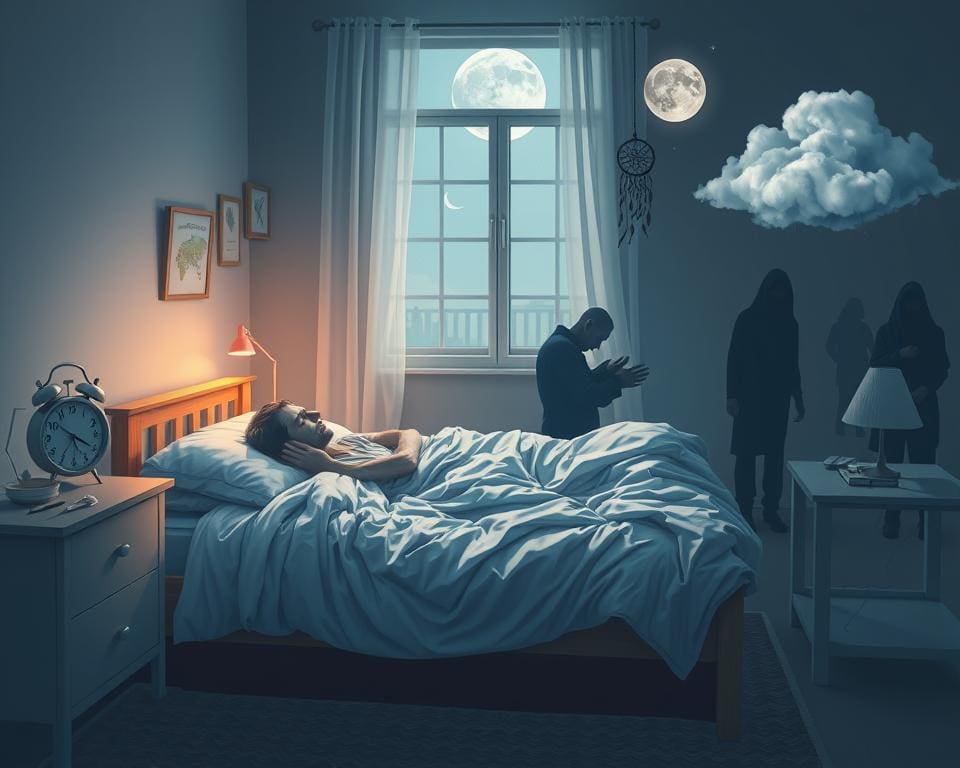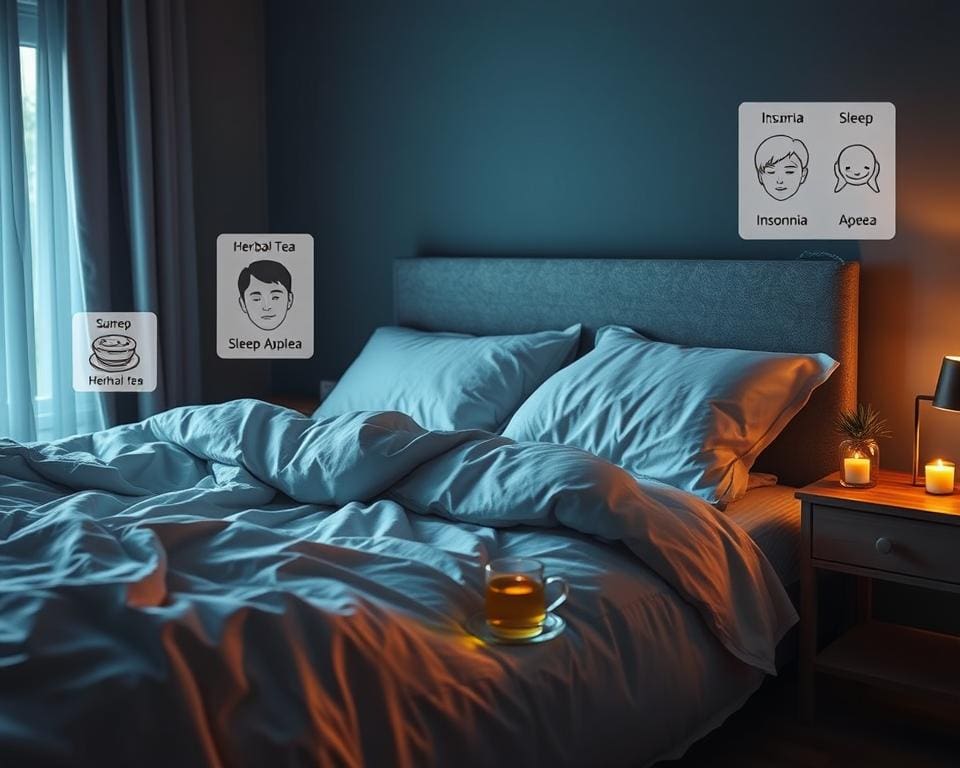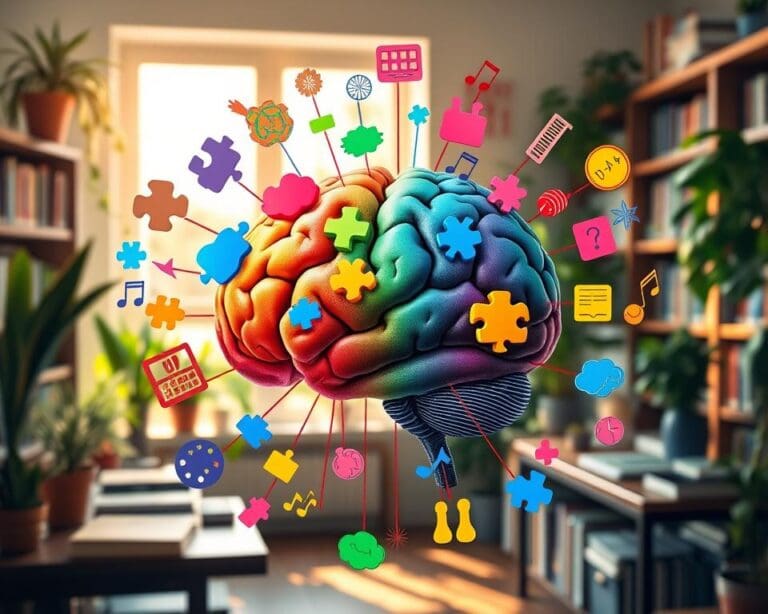In today’s fast-paced world, the importance of sleep cannot be overstated. Understanding sleep disorders and solutions is essential for enhancing overall well-being. Sleep disorder symptoms can vary widely, affecting not only personal health but also productivity and emotional stability. Many face common sleep disorders, such as insomnia and sleep apnea, which pose significant challenges to restful nights.
This guide will illuminate the multifaceted causes of poor sleep and offer insight into the best sleep solutions available. By delving into the realm of sleep disorders, individuals can discover effective strategies for reclaiming restorative sleep, ultimately leading to a more vibrant and fulfilling life.
Overview of Sleep Disorders
Sleep disorders encompass a variety of conditions that disrupt the normal sleep cycle, impacting the overall well-being of individuals. These health issues manifest through various symptoms, including difficulties in falling asleep, staying asleep, or attaining restorative sleep. Recognizing the types of sleep disorders is crucial for better understanding and addressing these prevalent health concerns.
What Are Sleep Disorders?
In essence, sleep disorders are defined as conditions that significantly hinder an individual’s ability to achieve quality sleep. Common sleep disorder symptoms can range from occasional sleeplessness to chronic issues that affect daily functioning. There are several types of sleep disorders, such as insomnia, sleep apnea, and restless legs syndrome. Each disorder presents unique challenges and requires tailored approaches for management and treatment.
Statistics on Sleep Disorders in America
Sleep disorder statistics in America highlight a concerning trend, as nearly 50-70 million adults face challenges related to sleep. According to the Centers for Disease Control and Prevention (CDC), over 35% of adults report sleeping less than the recommended seven hours per night. This lack of sufficient rest can lead to a multitude of health risks, impacting various demographics, especially older adults. Understanding these statistics fosters awareness and encourages individuals to seek appropriate interventions for common sleep disorders.

Types of Sleep Disorders
Understanding the various types of sleep disorders is crucial for identifying and addressing the underlying issues affecting your rest. Many individuals experience disruptions that hinder their ability to achieve uninterrupted sleep, leading to fatigue and other health complications. Among the common sleep disorders, insomnia, sleep apnea, restless legs syndrome, and parasomnias each present unique challenges and symptoms, but they all affect overall well-being.
Insomnia
Insomnia is prevalent among adults and can manifest as difficulty falling asleep, staying asleep, or waking up too early. This sleep disorder may occur in both acute and chronic forms, often triggered by stress, anxiety, or poor sleep habits. A range of insomnia remedies exists, including lifestyle adjustments and cognitive behavioral therapy (CBT-I), which have proven effective in improving sleep patterns and reducing sleep disorder symptoms.
Sleep Apnea
Characterized by interruptions in breathing during sleep, sleep apnea is a serious condition that affects restorative sleep. The most common type, obstructive sleep apnea, occurs when throat muscles relax excessively. Symptoms include loud snoring, gasping during sleep, and persistent daytime fatigue. Accurate sleep disorder diagnosis typically involves a sleep study, allowing for effective treatment and management strategies tailored to the individual’s needs.
Restless Legs Syndrome
Restless legs syndrome (RLS) compels individuals to move their legs, particularly in the evening or at rest, leading to difficulties in falling and remaining asleep. The condition is often linked to low iron levels and can significantly hamper nighttime rest. Treatment strategies usually encompass lifestyle modifications and sometimes medications to alleviate the sleep disorder symptoms associated with RLS.
Parasomnias
Parasomnias encompass a range of abnormal behaviors occurring during sleep, including sleepwalking, sleep talking, and night terrors. While often seen in children, these disruptive behaviors can continue into adulthood. Recognizing the triggers, such as stress or sleep deprivation, is essential in managing these common sleep disorders effectively, allowing individuals to attain better sleep and improved overall health.









